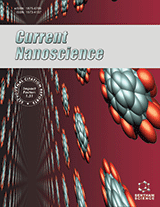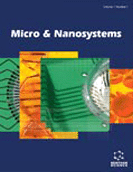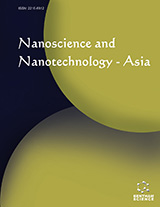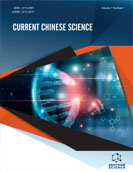Abstract
A novel sorbent, water treatment residual nanopaticles (nWTR), was synthesized using high energy ball milling. The nWTR was characterized by transmission electron microscopy (TEM) and scanning electron microscope (SEM) with energy dispersive X-ray (EDX). Phosphate adsorption data on nWTR were best described by the following isotherm models in the order: Langmuir > Temkin > Kiselev. Phosphate adsorption by nWTR was markedly enhanced as compared to bulk WTR (mWTR) due to the larger surface area of nWTR (129 m2g-1). The calculated maximum adsorption capacity of nWTR (50.0 mgg-1) was 30 times higher than that of mWTR (1.66 mgg-1). The highest adsorption capacity of nWTR was achieved at pH 3 and dramatically decreases with pH increases from 3 to 11. Moreover, arsenates and citrates could strongly inhibit P adsorption onto nWTR samples. The kinetic experiments revealed that approximately 95% of P was removed within 100 min and Elovich model was the most suitable model to describe P chemisorption by nWTR. Fourier transmission infrared (FTIR), SEM–EDX spectra and P fractionation results indicated that the surface hydroxyl groups played a crucial role in phosphate retention onto nWTR. The present study highlights the potential of using nWTR as economic and effective sorbent for phosphate removal from natural water and municipal wastewater.
Keywords: Adsorption models, competing ligands, scanning electron microscope, water treatment residual nanoparticles.
Graphical Abstract
Current Nanoscience
Title:Water Treatment Residual Nanoparticles: A Novel Sorbent for Enhanced Phosphorus Removal from Aqueous Medium
Volume: 11 Issue: 5
Author(s): Elsayed Ahmed Elkhatib, Ahmed Mohamed Mahdy, Fatma Kamal Sherif and Karam Ahmed Salama
Affiliation:
Keywords: Adsorption models, competing ligands, scanning electron microscope, water treatment residual nanoparticles.
Abstract: A novel sorbent, water treatment residual nanopaticles (nWTR), was synthesized using high energy ball milling. The nWTR was characterized by transmission electron microscopy (TEM) and scanning electron microscope (SEM) with energy dispersive X-ray (EDX). Phosphate adsorption data on nWTR were best described by the following isotherm models in the order: Langmuir > Temkin > Kiselev. Phosphate adsorption by nWTR was markedly enhanced as compared to bulk WTR (mWTR) due to the larger surface area of nWTR (129 m2g-1). The calculated maximum adsorption capacity of nWTR (50.0 mgg-1) was 30 times higher than that of mWTR (1.66 mgg-1). The highest adsorption capacity of nWTR was achieved at pH 3 and dramatically decreases with pH increases from 3 to 11. Moreover, arsenates and citrates could strongly inhibit P adsorption onto nWTR samples. The kinetic experiments revealed that approximately 95% of P was removed within 100 min and Elovich model was the most suitable model to describe P chemisorption by nWTR. Fourier transmission infrared (FTIR), SEM–EDX spectra and P fractionation results indicated that the surface hydroxyl groups played a crucial role in phosphate retention onto nWTR. The present study highlights the potential of using nWTR as economic and effective sorbent for phosphate removal from natural water and municipal wastewater.
Export Options
About this article
Cite this article as:
Ahmed Elkhatib Elsayed, Mohamed Mahdy Ahmed, Kamal Sherif Fatma and Ahmed Salama Karam, Water Treatment Residual Nanoparticles: A Novel Sorbent for Enhanced Phosphorus Removal from Aqueous Medium, Current Nanoscience 2015; 11 (5) . https://dx.doi.org/10.2174/1573413711666150514230653
| DOI https://dx.doi.org/10.2174/1573413711666150514230653 |
Print ISSN 1573-4137 |
| Publisher Name Bentham Science Publisher |
Online ISSN 1875-6786 |
 10
10 2
2
- Author Guidelines
- Bentham Author Support Services (BASS)
- Graphical Abstracts
- Fabricating and Stating False Information
- Research Misconduct
- Post Publication Discussions and Corrections
- Publishing Ethics and Rectitude
- Increase Visibility of Your Article
- Archiving Policies
- Peer Review Workflow
- Order Your Article Before Print
- Promote Your Article
- Manuscript Transfer Facility
- Editorial Policies
- Allegations from Whistleblowers






















